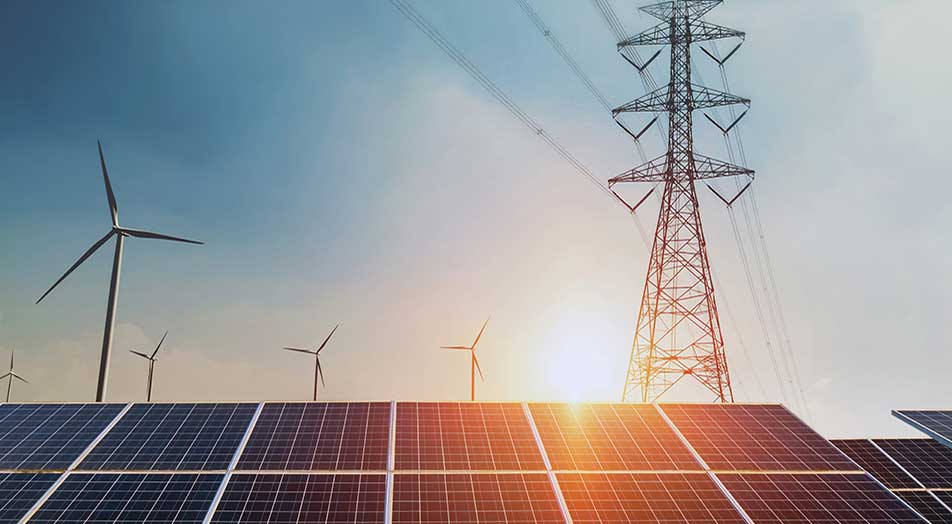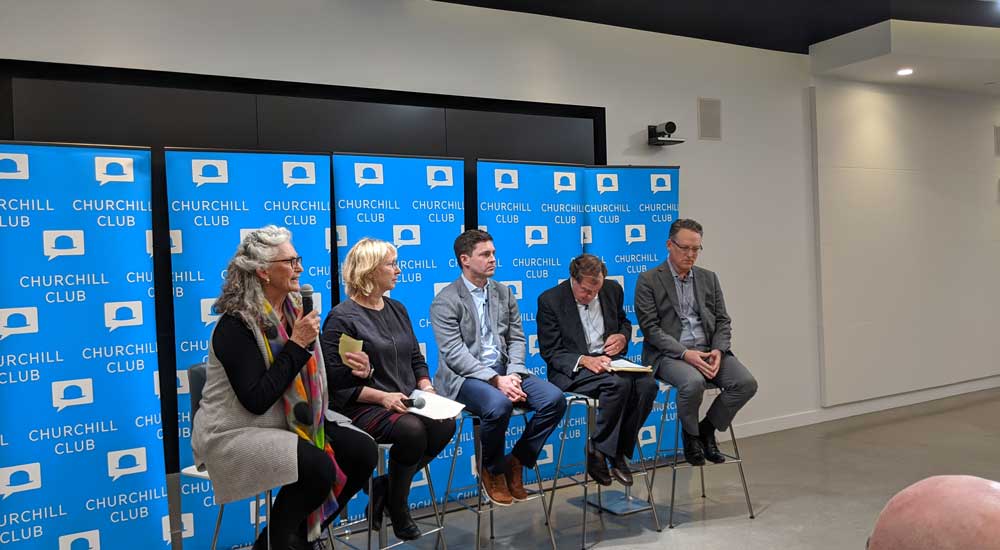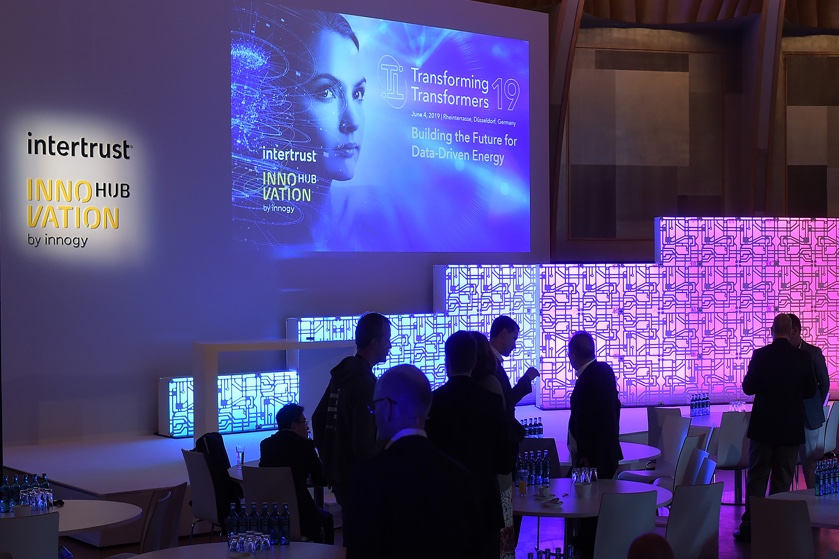As 2019 came to a close, two reports provided some insight into the future of the electric utility, 2020 Strategic Directions: Megatrends by Black & Veatch and In an accelerated energy transition, can US utilities fast-track transformation? by the GridWise Alliance and EY Global Services Ltd. (EY). While focusing on different aspects, these two reports provide food for thought as we start 2020.
Questioning utilities’ future viability
The Black & Veatch report is the first megatrend-focused report from the engineering giant. According to the company, the report “analyzes years of survey data to explore and illuminate some of the most striking and consistent trends across the water, power, telecommunications, natural gas, commercial and industrial (C&I), and manufacturing industries.” Given the breadth of the survey, one of its conclusions—while of no surprise to close watchers of the electrical utility market—is nonetheless a concerning one. Namely, increasing demand for clean energy from both consumers and C&I customers combined with the expanding ability of customers to procure their own energy from distributed energy resources (aka “DERs”) such as solar panels and microgrids means that electrical utilities are facing a “death spiral.” The end result of this is that utilities will be left holding expensive generation and grid infrastructure while serving a greatly decreased customer base.
Black & Veatch’s survey data shows a majority of C&I customers have sustainability goals. The larger the company, the more likely these goals are in place. Specifically, a full 92.3% of companies of over 5000 employees have sustainability goals. According to the report, this leads to a very real potential of increasing “defectors,” unless utilities are able to fulfill their customers’ desires. Customers are clamoring for more renewable energy and a more agile grid to handle DERs. In another Black & Veatch survey, fully 70.4% of electric industry executives saw “a generation mix with fewer traditional baseload units and more utility-scale renewable sources” as one of the three biggest concerns for future grid development.
Black & Veatch suggest that one way utilities can avoid the so-called death spiral is to increase the utility and value of their infrastructure by adopting more “monitoring, control and automation technologies.” These technologies include “renewables and two-way communications on the grid, giving utilities more control and insight into everything from the grid to power generation options and bill management” (Black and Veatch). The utility industry recognizes the challenge. In a Black & Veatch survey, 55.1% of respondents chose “innovative system designs that allow for more flexibility in system configurations” as one of the three needed tools for developing and operating more complex grids.
Advocating a “trusted platform” makeover for US DSOs
The GridWise Alliance and EY report goes to a more granular level than the Black & Veatch report. It questions the ability of U.S. based distribution service operators (DSOs) to modernize their grid quickly enough to meet both customer demands and the rapid adoption of DERs—especially compared to European DSOs. GridWise sees the same issues identified by Black & Veatch. However, it also pinpoints potential new business opportunities for U.S. utilities and their DSO operations in the rise in demand for electricity represented by the projected uptake of EVs and the call for increased electrification of homes and C&I customers. “Depending on electrification adoption scenarios, the National Renewable Energy Laboratory (NREL) estimates that electricity consumption in the U.S. will increase between 21% and 41% by 2050.” (GridWise).
The solution advocated by GridWise is for U.S. DSOs to move rapidly to modernize their grids with digital technologies and become “platform providers,” a phrase borrowed from the technology industry and often used to describe companies such as Google, Microsoft and Apple. One differentiation emphasized by GridWise is that given the sensitivity of the data this DSO platform will hold, utilities need to ensure that their platform is one that is a trusted one. “Trust between the utility and its stakeholders will secure support for and investment in new and enhanced capabilities to underpin the future distribution systems.” (GridWise).
The platform that GridWise discusses is one that moves DSOs away from the current grids based on the traditional one-way flow of electrons from large generation facilities to customers. In its place will be a number of “capabilities” that will comprise a “more flexible and agile architecture” (GridWise) to support two-way flows of energy and data. Some of the capabilities that GridWise touts are asset and systems management, systems operations, flexibility management, and commercial operations and customer management. Data will play a key role in all of these since “these capabilities will leverage vast quantities of new data that will be captured, stored and analyzed from DERs, field sensors, BTM (behind the meter – ed.) devices and automated electricity networks, and converted into actionable intelligence.” (GridWise)
Both reports acknowledge the challenge of overcoming regulatory obstacles for utilities to adopt their recommendations. They also emphasize the need for utilities to give serious attention to cybersecurity as a crucial factor of any grid modernization effort. But, the opportunity for utilities that this admittedly large effort represents is best stated by the GridWise report: “Utilities are also well positioned to develop new revenue streams from an evolving ecosystem of consumer products and services.” (GridWise).



